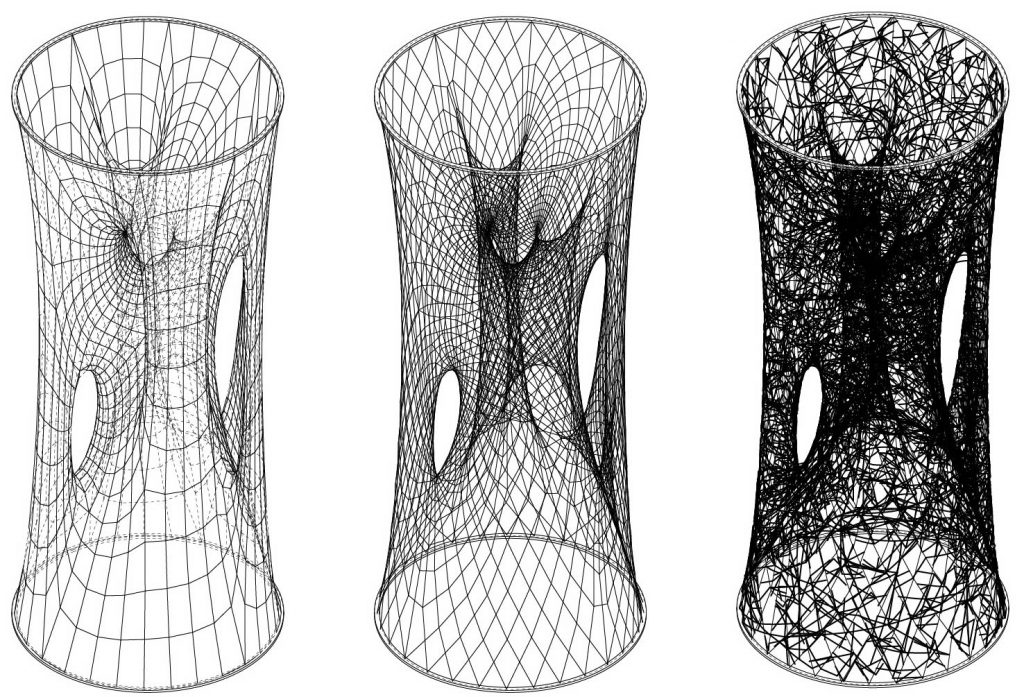
Overall Form
Nest is a branching form found surface stretching between two rings. The drawings above show from left to right 1. The original mesh, 2. that mesh with an X panel system connecting the vertices of each mesh face and 3. The same Xs with randomized segments and randoms straps spanning the surface of the mesh. The third drawing is of the final assembly system. This is based on research we have been doing in the studio to create an assembly system that looks as much “woven” as it does rational and digitally fabricated. You can find out more about that research here.
Assembly Interface
We created the above sketch prototype to allow us to locate individual straps based on the two straps they are connected to. By typing in the two corresponding straps the sketch will locate that strap or if you enter one strap then it will locate all straps that connect to that strap along its length. The sketch uses to excel spreadsheets one for each end of a given strap. You can download the spreadsheets to enter various strap labels: Strap_lists.zip
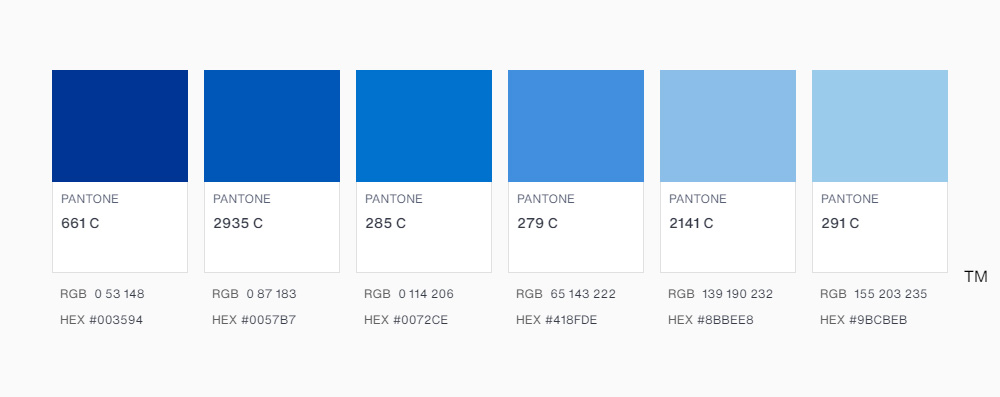
Color Studies
Nest acts as companion piece in dialogue with with Priscila De Carvalho’s glass-based artwork Mother Birds which is installed on the glazing of the new hospital’s entrance lobby. We used color samples from Priscilla’s graphic artwork as the starting point to produce a gradient of blues. Since each strip would be one color we could use them as pixels to create a gradient between the light and dark blue of Mother Birds. Below are just a handful of studies we did to test how many color steps and blending we would need to create a visual gradient.
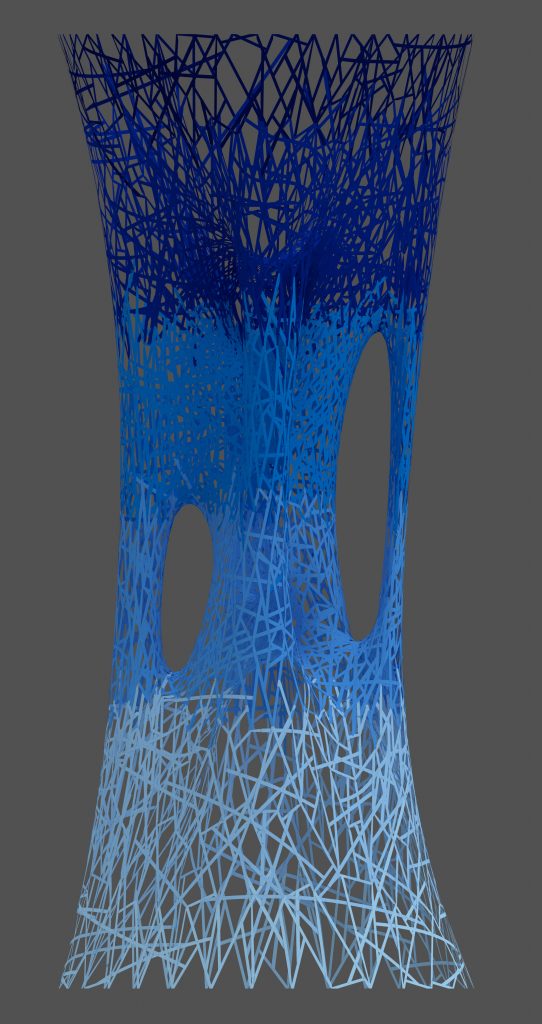
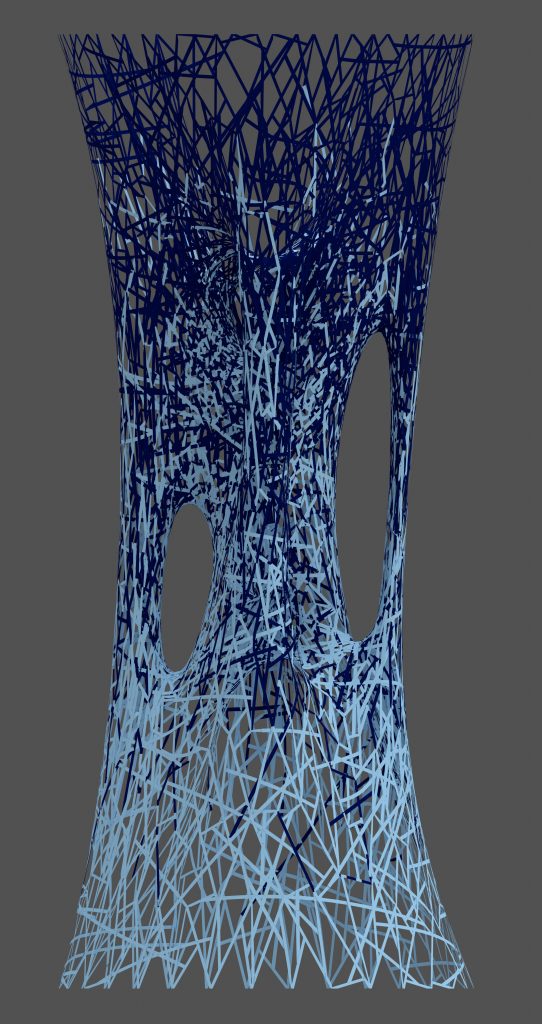
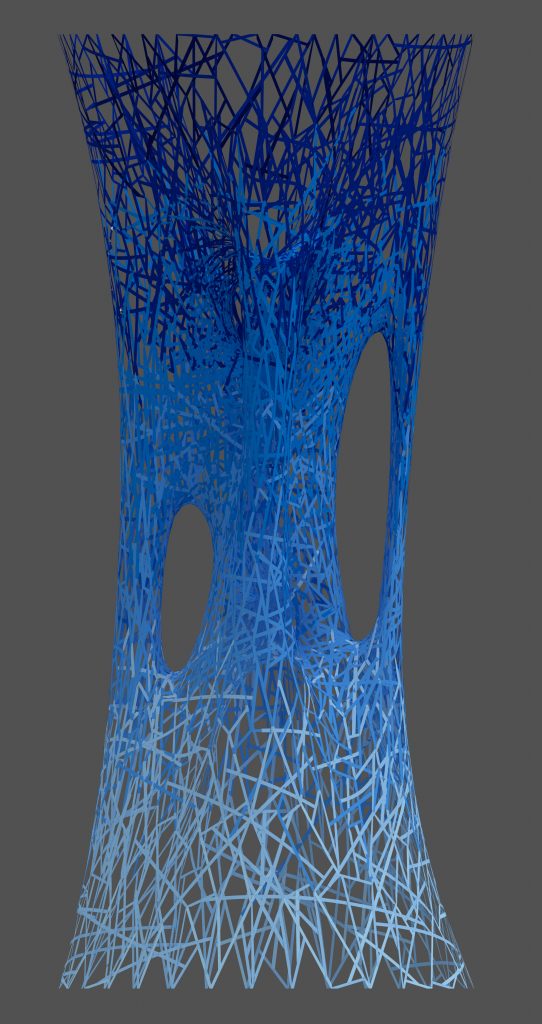
The outside of Nest is unfinished aluminum with the inner surface electrostatically painted. This offers a visual surprise through the woven surface. The strips were cataloged by color and organized onto individual sheets for cutting based on color. Those cut sheets were then masking on one side with contact paper and the inside surface was painted the corresponding color.